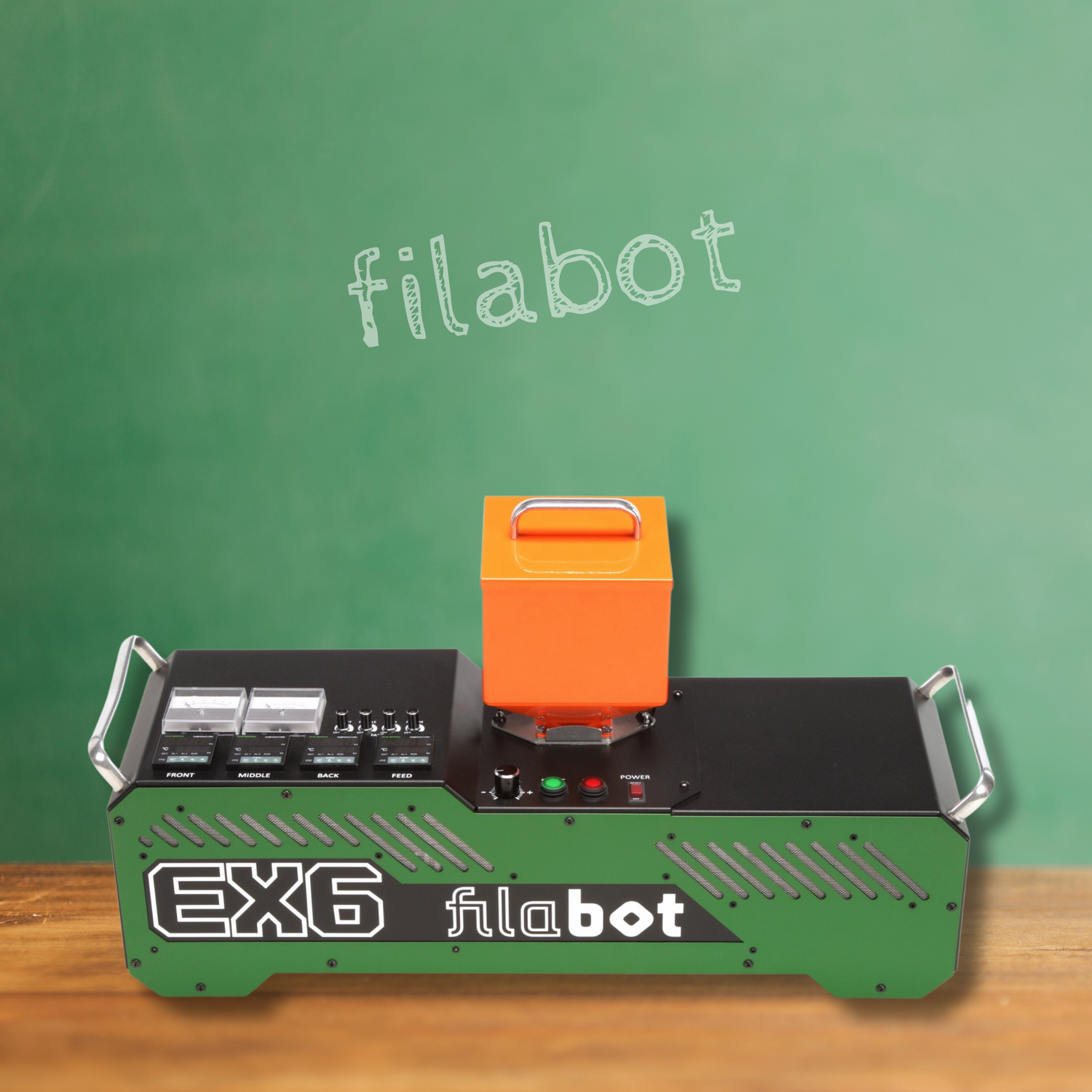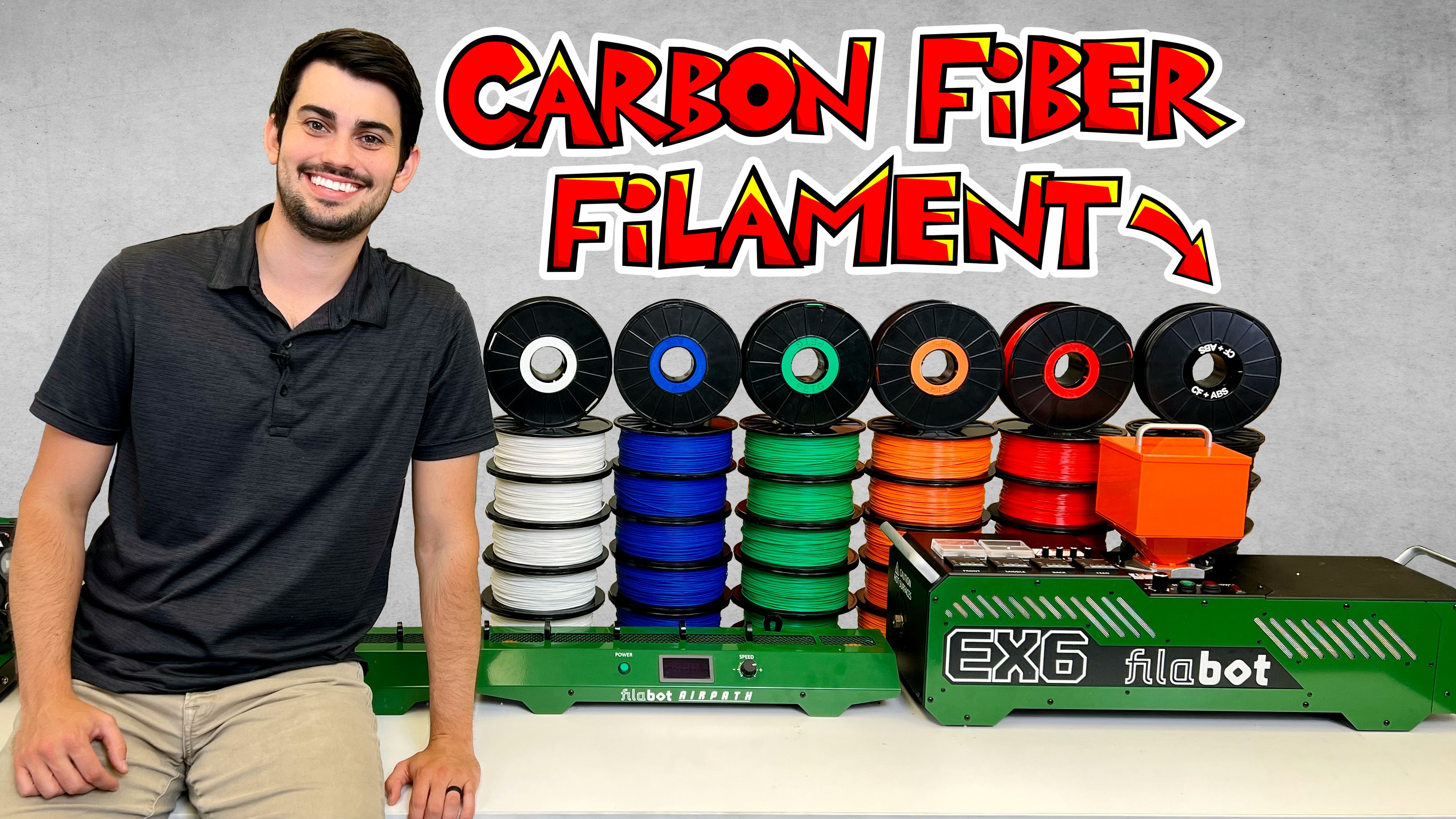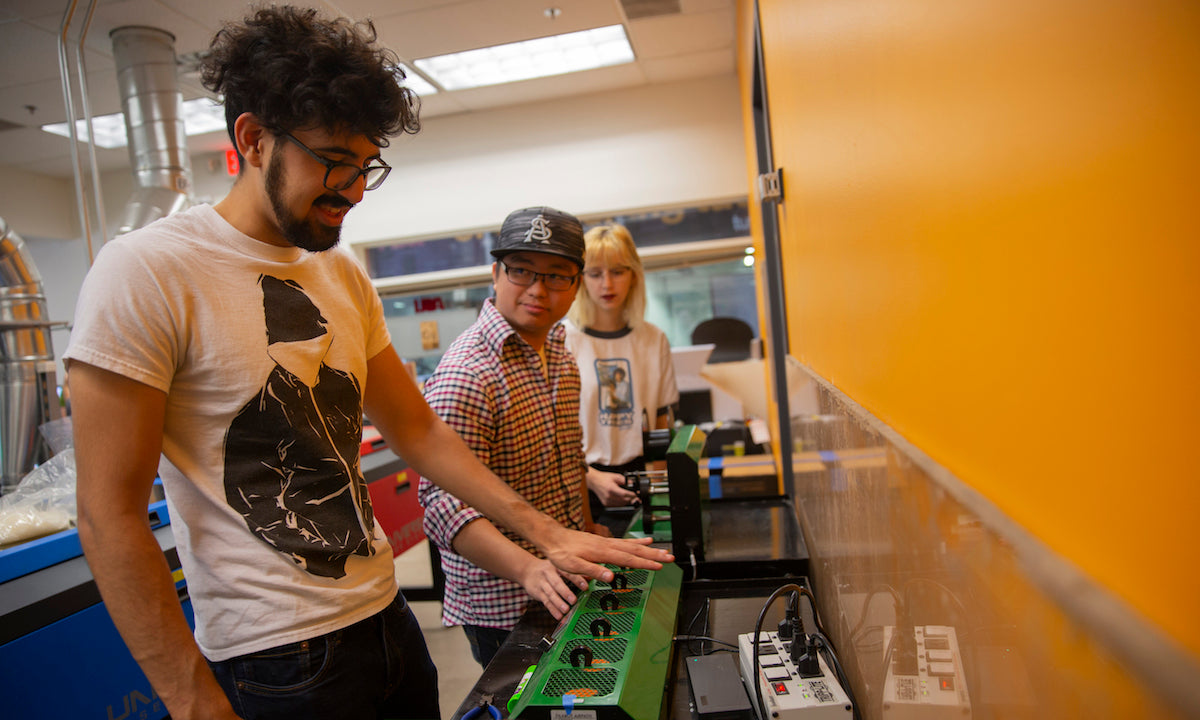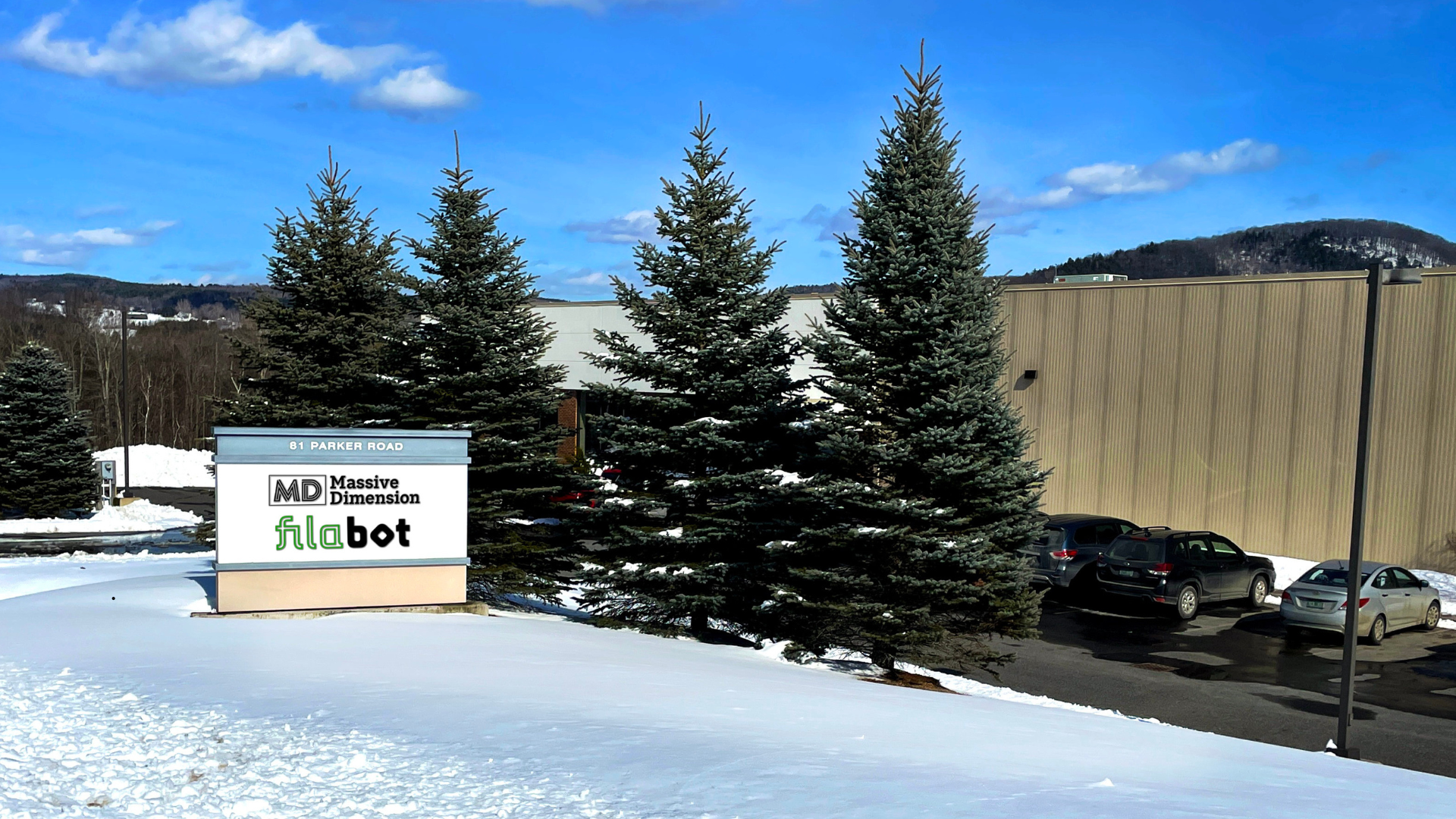As the fall air replaces the summer warmth, students, teachers, and parents alike are back in their school routines. New notebooks, freshly sharpened pencils, and backpacks filled with supplies have set the stage for another year of learning and growth. This year, why not take your educational projects to the next level while embracing sustainability? Enter Filabot—the revolutionary filament-making equipment that's making 3D printing more sustainable and more creative than ever.
What is Filabot?
For those unfamiliar with the term, Filabot is a state-of-the-art filament extrusion company that allows you to recycle and create your own 3D printing filament using their equipment. This means that rather than purchasing new spools of filament, you can recycle plastic scraps, or even failed 3D prints to create new material. Filabot is making it easier than ever to be resourceful and environmentally responsible while engaging in the creative possibilities of 3D printing.
The Intersection of Sustainability and Education
Teaching sustainability starts with practical applications, and the Filabot provides a hands-on approach to integrating responsible practices into the classroom or at home. Students can see the lifecycle of a product, from plastic scrap to a new 3D-printed object, closing the loop and instilling the values of resourcefulness and environmental consciousness. The process is not just a lesson in recycling, but also in engineering, material science, and computational thinking—skills crucial for the 21st-century learner.
Back-to-School 3D Projects to Try with Filabot
- Custom Pencil Holders
Allow your students to personalize their desk space. Design a pencil holder with built-in compartments for other essentials like erasers and paper clips. Not only will they get to show off their design skills, but they'll also have a chance to see their creation come to life in a sustainable way.
- Historical Artifacts
Studying ancient civilizations? Why not print small-scale replicas of famous artifacts or monuments? This brings history to life in a tactile way, while also providing an opportunity to discuss the importance of preserving our own cultural artifacts and the environment for future generations.
- Geometric Shapes
Teaching geometry becomes significantly more engaging when students can hold and manipulate the shapes they are studying. 3D print various geometric figures to explore angles, faces, and vertices in an interactive way.
- Biodegradable Planters
Teach a lesson in both biology and sustainability by designing and printing planters made with biodegradable filament. Students can then plant seeds and watch them grow, learning about the lifecycle of plants and the biodegradation process.
The Cost-Benefit Analysis
While the upfront cost of a Filabot system may be an investment, the long-term savings are considerable. By recycling plastics and failed prints, you dramatically reduce the costs associated with buying new filament spools. Plus, you're mitigating your environmental impact by recycling existing materials—a win-win for both your wallet and the planet.
The Filabot is more than just a filament-making machine; it’s a tool for fostering sustainable creativity. As we enter into this school year, integrating sustainability into education is not just a choice, but a responsibility. Filabot offers a seamless way to combine hands-on learning with environmental stewardship, making it the perfect companion for back-to-school 3D projects.
So this year, let's think outside the traditional box of crayons and notebooks. With Filabot, let’s print a brighter, more sustainable future for our students, one layer at a time.
Get yours today at filabot.com.




